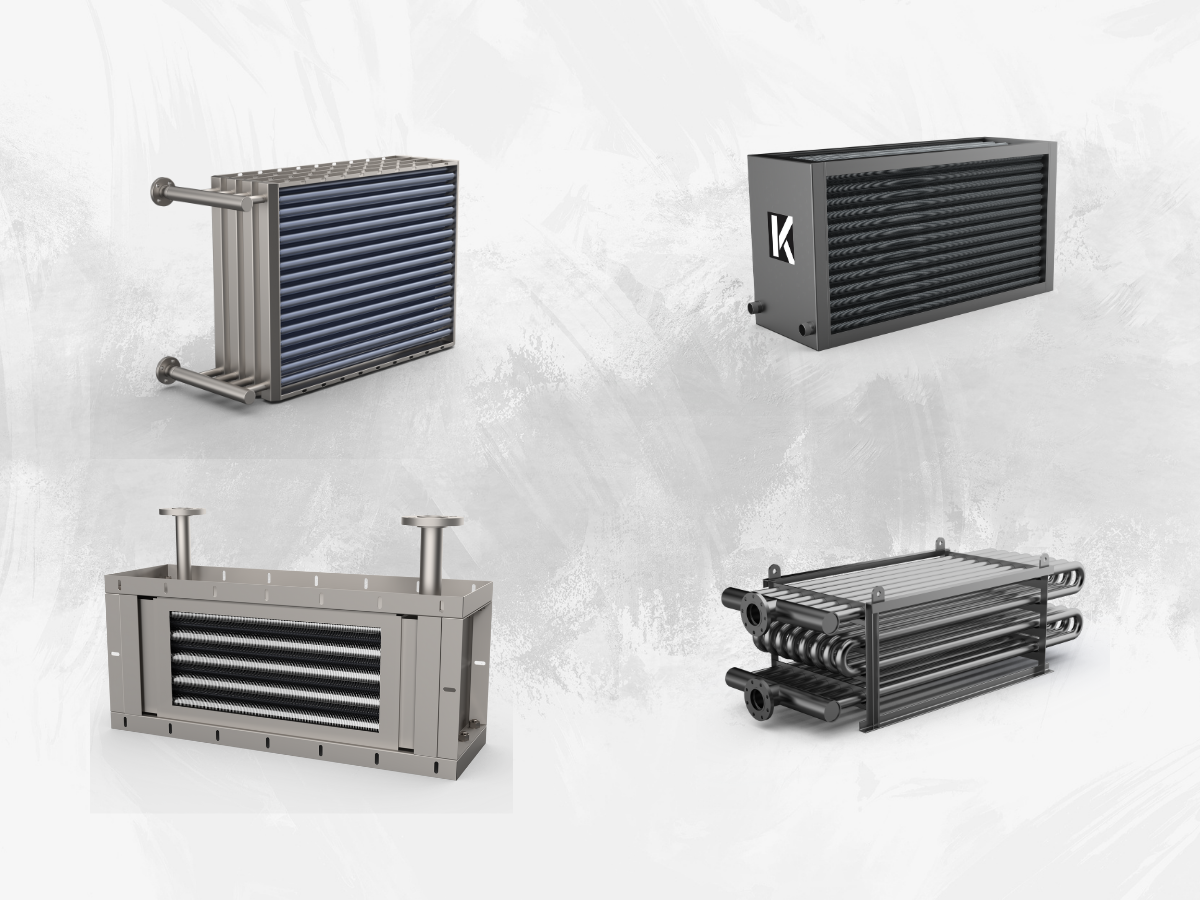Industrial Finned Tube Radiators: Importance and Comparison of Material Options
Industrial finned tube radiators play a critical role in heat transfer and are used in many industrial applications. The performance and durability of these radiators depend on the type of material used. In this article, we will discuss the importance of materials used in industrial finned tube radiators and compare them.
Comparison of Material Options for Industrial Finned Tube Radiators:
1.) Carbon Steel: Durable, cost-effective, and usable over a wide temperature range. However, it can be susceptible to corrosion and may require regular maintenance. Commonly used in industrial heating and cooling systems.
2.) Copper: Provides fast heat transfer and excellent conductivity. However, it is expensive and susceptible to corrosion. Preferred in cooling systems and the chemical industry.
3.) CuproNickel: An alloy of copper and nickel that offers excellent corrosion resistance in seawater and salty environments. CuproNickel, with moderate heat conductivity, is preferred in maritime and seawater heating applications.
4.) Stainless Steel: Durable, corrosion-resistant, and suitable for hygienic requirements. Preferred in the food industry and sensitive applications.
5.) Aluminum: Lightweight and corrosion-resistant. Can be used in high-temperature and high-pressure applications. However, it has lower heat conductivity compared to copper.
Selecting the right material for industrial finned tube radiators significantly impacts performance and durability. Considering your application requirements, it is important to choose the most suitable material from options such as carbon steel, copper, aluminum, or stainless steel.

